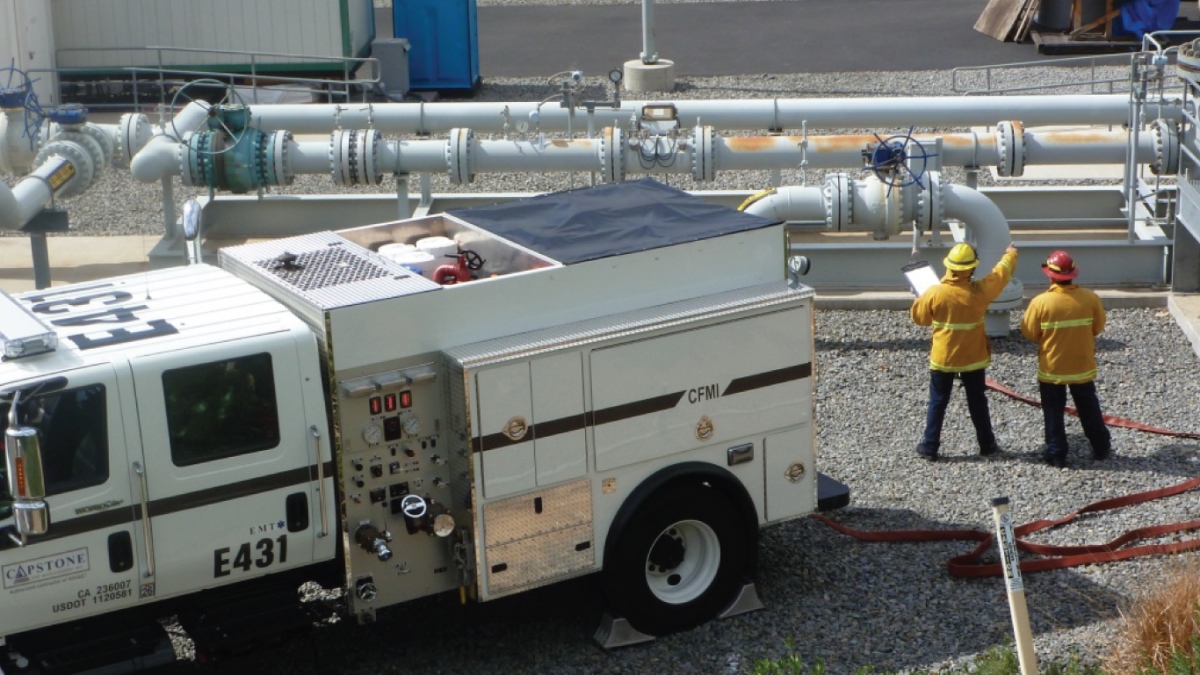Fire protection is an important aspect of everyday life that often goes overlooked until the unthinkable happens. Whether it’s in our houses, places of work, or public spaces, comprehending the risks and executing effective fire safety measures can mean the difference between life and death. From basic prevention advice to advanced protection strategies, ensuring that we are well-informed and equipped is critical. The reality is that fires can strike unexpectedly, and having a robust fire safety strategy in place is crucial for protecting our family, co-workers, and property.
In this in-depth exploration into fire safety protocols, we will examine various dimensions of fire prevention and protection. Key topics will feature understanding frequent fire risks, the importance of fire practices, and how to create a thorough fire evacuation strategy. We'll also cover critical tools like fire detectors and fire extinguishers, and explore specific protocols tailored for different settings, such as workplaces, schools, and healthcare facilities. By equipping ourselves with understanding and resources, we can foster more secure environments and ultimately diminish the risk of fire-related accidents.
Crucial Fire Protection Guidelines
Fire safety starts with comprehending as well as recognizing common fire risks inside your residence and office. Consistently inspect for possible risks, such as excessive electrical outlets, combustible materials stored near heat sources, as well as poorly cared for heating equipment. Ensure that smoke alarms are installed in each space and tested monthly to guarantee they are operational. Taking the initiative proactive about these hazards can significantly reduce the likelihood of a fire starting.

Formulating a fire escape plan is crucial for every family and office. Rehearse your escape route consistently so that everyone knows how to evacuate quickly in an emergency. Identify at least two exits from every room and establish a meeting place outside. Teaching employees and family members how to respond in the event of a flame can protect lives and prevent chaos during a emergency.
Upkeeping fire safety equipment is vital in reducing risks. Fire extinguishers should be accessible, checked monthly, and maintained annually. Consider having fire sprinklers put in as they can manage or extinguish fires before they escalate. Regularly review and adhere to fire safety regulations to guarantee compliance and foster a culture of safety inside your residence or business.
Developing Effective Fire Safety Plans
Developing a fire safety plan is critical for safeguarding both homes and businesses. The initial step is to evaluate potential fire hazards in the environment. This includes identifying sources of ignition, such as electrical equipment and heating sources, as well as any combustible materials that could fuel a fire. Once these hazards are pinpointed, strategies can be put in place to lessen risks. Regular maintenance of electrical systems and secure storage practices for flammable materials are essential components of this initial assessment phase.
Next, it is crucial to establish clear emergency procedures and escape routes. Everyone in the household or workplace should be familiar with these routes, as well as designated meeting points outside the building. Regular fire drills can noticeably enhance preparedness, allowing individuals to practice these procedures and ensure they can exit safely in the event of a fire. This practice helps alleviate panic and increases response times during a real emergency.
Finally, communication plays a key role in an effective fire safety plan. All members of the household or employees should be updated of the plan and any changes made to it. Using illustrations, such as maps illustrating escape routes and locations of fire extinguishers, can aid in quick understanding and memorization. Additionally, regular training sessions can strengthen this knowledge, ensuring that everyone is prepared to respond appropriately in an emergency, thereby promoting a culture of safety.
Understanding Fire Risk Laws
Fire safety regulations function as designed to protect human life and property from the calamitous effects of fires. Fire Safety Strategy , created by organizations such as the NFPA along with OSHA, offer protocols that businesses and property owners must comply with to provide a protected atmosphere. Conformity with these rules not just boosts protection but also helps prevent legal liabilities and minimizes risks associated with insurance.
An critical aspect of fire safety rules is the necessity for regular evaluations and maintenance of fire safety devices. This covers alarm systems, fire extinguishers, and sprinkler installations, which must be examined at set times to ensure they function correctly when necessary. Organizations are also responsible for conducting fire risk assessments and implementing necessary changes to lessen identified risks. Omission to follow with these rules can lead to grave penalties, such as financial repercussions and greater likelihood of fire occurrences.
Furthermore, understanding regional fire codes is crucial for companies. These codes may differ significantly by region and are intended to tackle particular hazards presented by diverse types of buildings and sectors. Overlooking these regulations can have severe implications, not just endangering lives but also resulting in significant financial losses. By staying knowledgeable and conformant, companies can establish a protected environment and exhibit their dedication to fire safety to staff, clients, and insurers.
